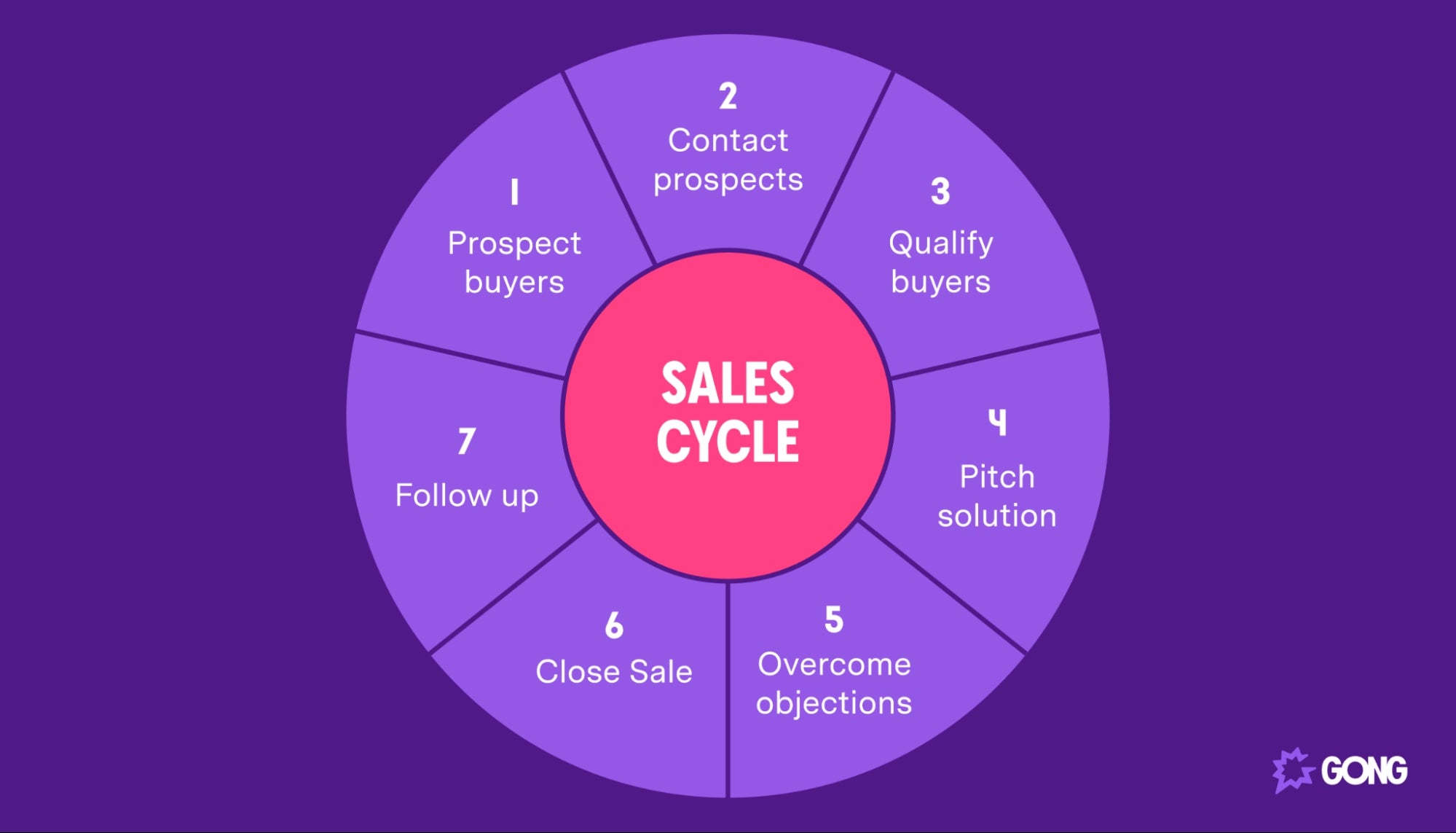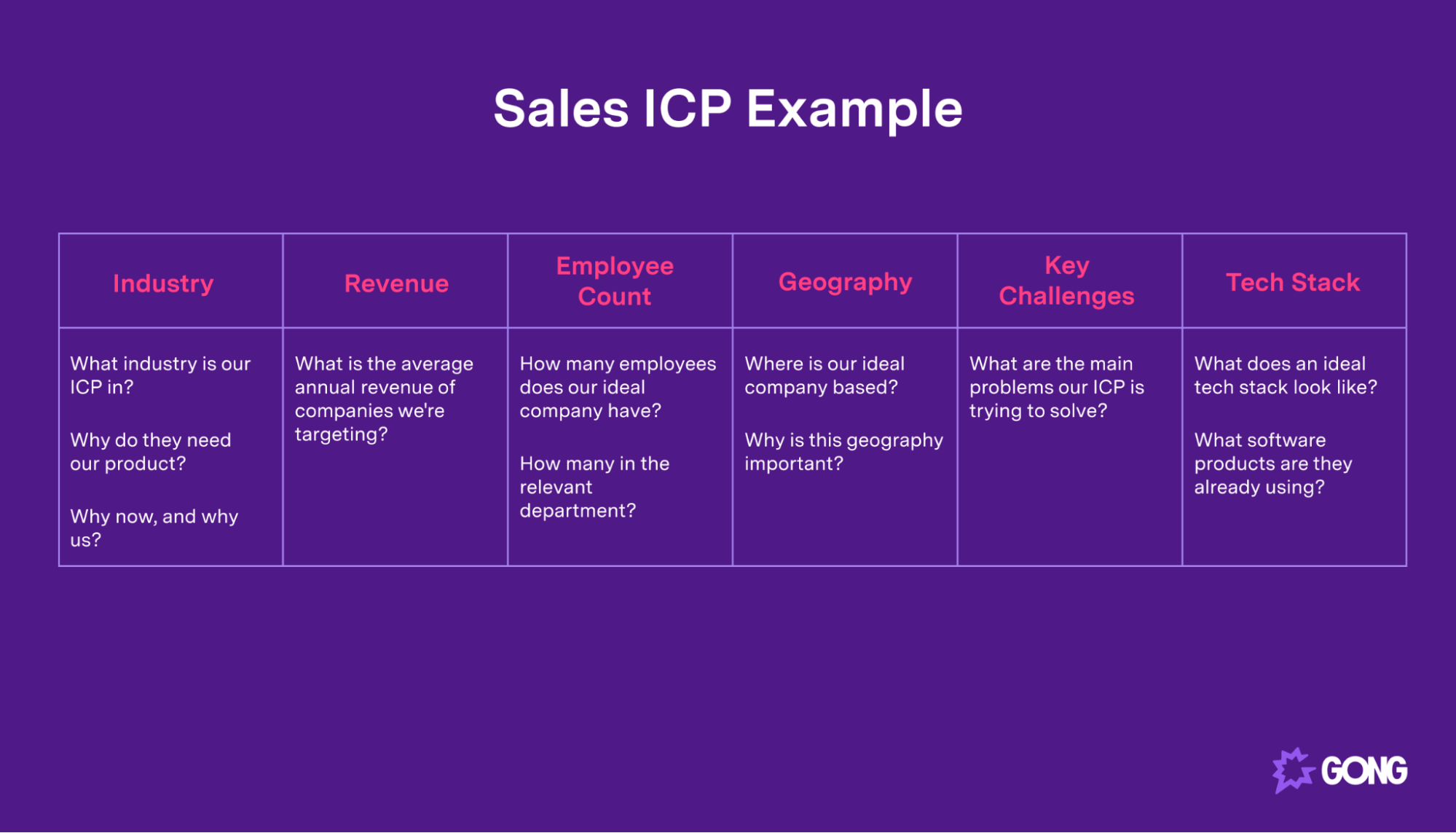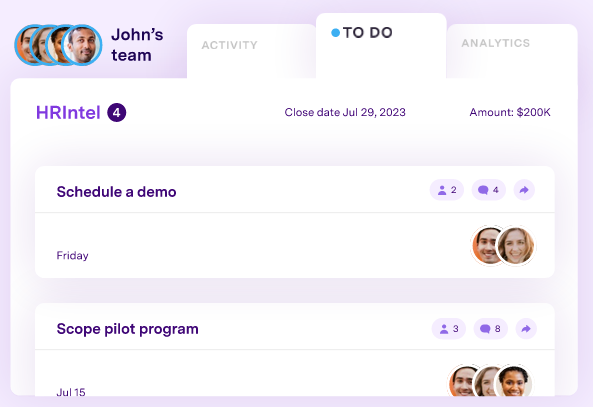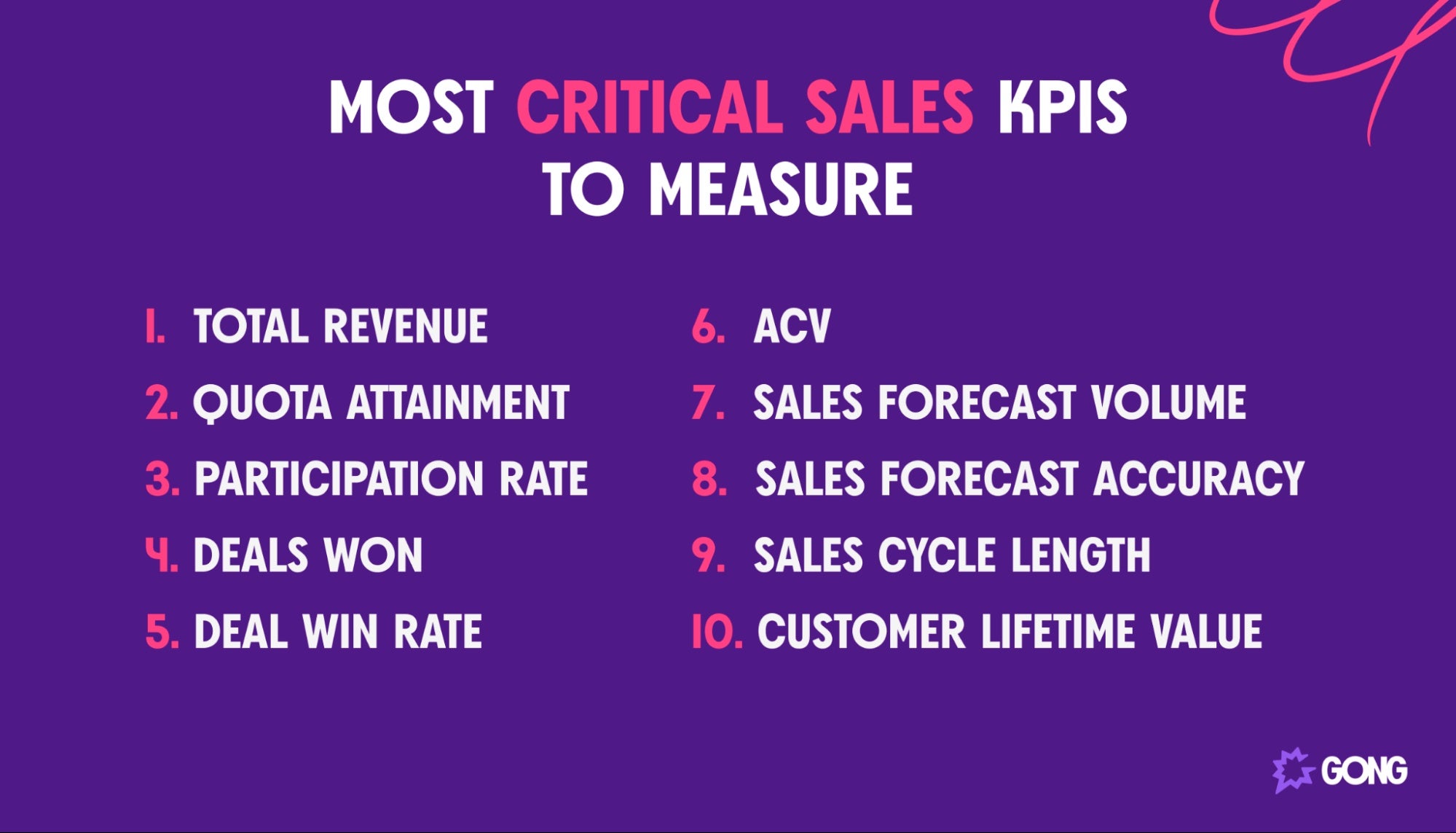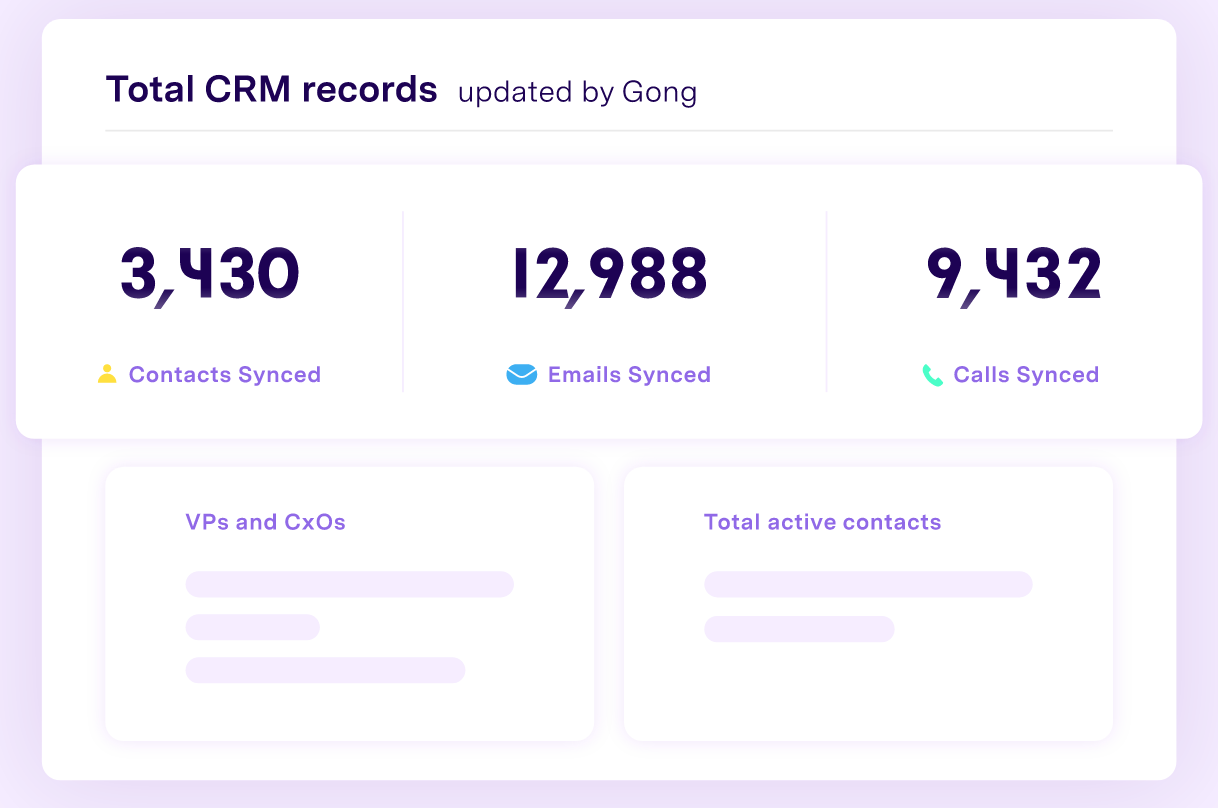How to build and automate a streamlined sales workflow
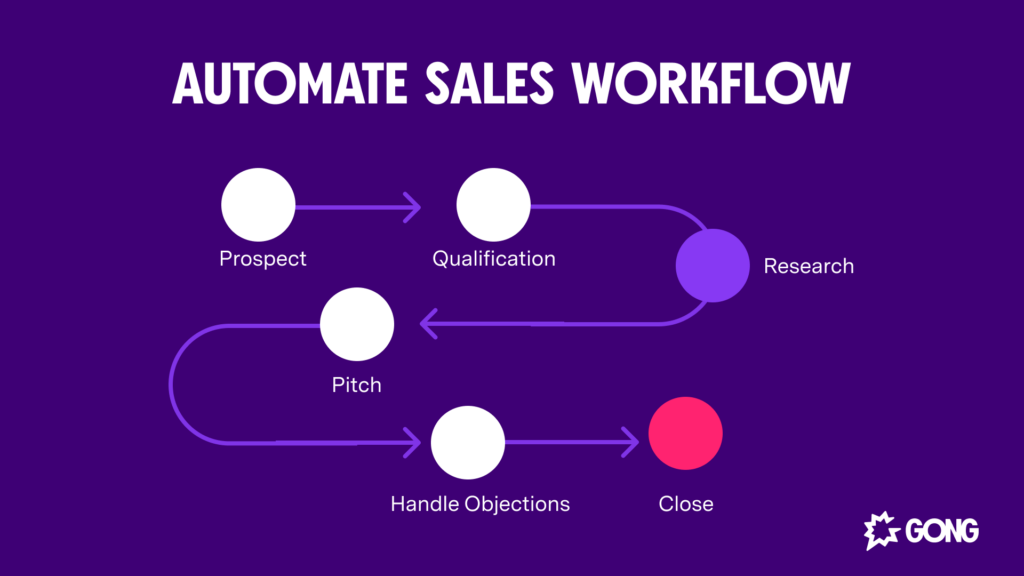
Are your sales reps caught up in the whirlwind of manual, time-consuming tasks that limit their productivity? The burdensome administrative work—from updating call notes to crafting follow-up emails—can get in the way of achieving their revenue targets. But there’s a way out.
Optimizing your sales workflow offers a structured pathway for your sales team to efficiently usher prospects through the sales funnel. Implementing a structured process with automation enhances efficiency and liberates your team from tedious, administrative overhead, to focus more on revenue-generating endeavors.
In this post, we cover how to create an effective sales workflow and harness the power of automation to supercharge it, empowering your sales team to achieve more in less time.
What is a sales workflow?
A sales workflow (or a sales process) is the actions your team needs to take throughout the sales cycle to complete a deal.
A good sales workflow should be customer-focused, well-defined, replicable, and measurable. It’s not an idealistic plan or a loose suggestion; it is a concrete set of actions that sales reps should follow from when they find a prospect to when they close the deal.
It should also follow the seven stages of your sales cycle.
What are the seven stages of the sales cycle?
You can think of the sales cycle as a top-level version of a sales workflow. It’s the broad phases that reps move through when converting prospects to buyers.
It starts with finding buyers and ends with following up after a sale is complete:
- Prospect buyers: Finding potential buyers is the first step of any sales cycle. Reps may have a list of potential leads or use platforms and software like LinkedIn to find them.
- Contact prospects: Reps find contact information and reach out to prospects in a suitable manner
- Qualify buyers: Sales reps should qualify prospects based on predefined criteria. This can be BANT (budget, authority, need, and time) or other requirements tailored to your business.
- Pitch the solution: Reps demonstrate how their product solves the buyer’s needs. They should personalize the pitch to every buyer.
- Overcome objections: Every buyer will have at least one objection. One thing that separates good salespeople from bad is overcoming objections.
- Close the sale: The most important part of the sales cycle. If your reps have done their jobs well, it should also be one of the easiest.
- Follow up: The job isn’t done when reps close the sale. Following up with prospects presents the opportunity for repeat business and referrals.
Your sales workflow is your sales team’s specific actions to achieve these steps and move on to the next one.
How to build an effective sales process workflow
There are many benefits to defining a set of processes for each stage of your sales cycle. Creating a sales workflow will create more productive and profitable reps. A defined sales workflow also presents clear milestones that make it easier for new and existing sales reps to understand what needs to be done at each stage and benchmark their performance.
It will also give you better visibility into your pipeline and help you to understand the areas your team struggles with. This will allow you to provide more tailored and effective training. It can also present valuable insights to marketing teams and sales managers, allowing them to tailor sales and marketing strategies better and attract the right kind of qualified leads.
Finally, a sales workflow helps reps to deliver a consistent customer experience. In the same way that customers love the consistent result of McDonald’s easy and repeatable method of cooking fast food, your prospects will love the consistently high-quality experience they get when they speak to your sales reps. It doesn’t matter which sales professional they speak to; they know they will receive the kind of thoughtful and helpful interaction they will receive.
Use the following steps to get started building your own sales workflow.
Step 1: analyze your existing sales processes
Before you create a sales workflow from scratch, start by looking at your existing sales processes first. Even if you don’t have a clearly defined strategy, your reps probably carry out similar tasks at each stage of the sales process. You don’t need to reinvent the wheel in some cases.
Speaking to sales reps can be invaluable here. Ask them what they think works and what doesn’t — paying particular attention to your top performers. Highlight the best practices and then build your new sales workflow around them.
Step 2: clearly define your target market
Finding, contacting, and qualifying prospects are the first three stages of the sales cycle. To move swiftly through these stages, sales reps need a clear understanding of who the people are that they are targeting and why they may be interested in a solution.
Creating in-depth ICPs and buyer personas is invaluable.
An ICP (Ideal Customer Profile) is a detailed breakdown of the kind of company reps should target. It includes all the information in the example below, including the company’s industry, revenue, employee count, tech stack, and challenges. The more detailed your ICP, the easier it will be for reps to target relevant companies.
Buyer personas are descriptions of the stakeholders within these target companies that reps should be addressing. Understanding — and writing down — your buyers’ pain points is crucial. You need to understand the factors that motivate them to become customers and the challenges your product helps them overcome. These may not be the same for all buyers, but it will give your reps a jumping-off point and make it easier for them to craft an enticing pitch.
Step 3: define the actions that move prospects through the funnel
Your sales workflow should be customer-centric. That means it shouldn’t just mirror the sales cycle but also the customer journey — specifically, the actions your prospect takes at each stage of the funnel.
Examples of these actions include:
- Answering a cold call
- Having a discovery session
- Booking a demo
- Responding to a pitch
- Sharing information with other stakeholders.
By listing out these actions for each stage of the sales cycle, it becomes evident what your reps need to make prospects do. As a result, each part of your sales workflow can be geared towards making that outcome as easy for the prospect to complete as possible.
Step 4: equip your team with the right tools
Sales tools are vital in helping your reps execute your sales workflow and move prospects quickly through the funnel. A good CRM is a given, but I’d recommend investing in a sales engagement tool or revenue platform that centralizes and automates much of their work.
Take Gong, for instance. Our revenue platform has built-in third-party integrations, meaning everything sales-related can be combined under one roof. Team members can see their workflow at a glance, easily re-read previous conversations with prospects, and build outreach flows that automate large chunks of the sales process.
Step 5: measure and tweak
A sales workflow is always a work in process, and it should change in line with the needs of your prospective customers, your tool stack, and other key elements of the sales process.
You should also be looking to optimize your sales workflow to make it more effective — but only when you have enough data.
Start by tracking some of the KPIs listed in the image below. Metrics like quota attainment, deals won, sales cycle length, and sales forecast volume can help you track whether your reps are becoming more efficient and effective.
If your sales forecast volume is increasing alongside quota attainment, then you know your reps are driving more revenue, for instance. Should your deal win rate drop, on the other hand, then there could be a problem with your workflow.
Tread carefully when you do come to optimizing your sales workflow, and don’t make multiple changes at once. Track the impact of a single change before optimizing further.
4 ways to automate your sales workflow
According to Salesforce, 91% of CIOs and IT leaders say that the demand for automation is increasing — especially from sales teams. That’s for a good reason. When sales reps spend just 28% of their time selling, you know something needs to change.
So now you have your sales workflow established, it’s time to take it to the next level by automating your processes.
Automatically capture data
Entering and updating into a CRM or other sales tools is an enormous time sink. And there’s no excuse to waste your sales team’s time with these kinds of tasks when several tools can help save a considerable amount of time — about 20% of a sales team’s capacity, according to McKinsey.
For instance, with a tool like Gong, your CRM is automatically updated with critical data from every customer interaction. Reps don’t have to lift a finger, and the data stored in your CRM is more accurate and insightful.
Build automated outreach workflows
Most of your reps’ selling time is spent creating and executing outreach cadences. Making cold calls, writing follow-up emails, sending LinkedIn messages, etc.
Some tasks, like phone calls, can’t be automated just yet, but many other parts of a sales cadence can. For example, sales reps can create templated cadences that every new prospect is automatically entered into.
Emails and LinkedIn messages can be scheduled and sent automatically — and personalized using templates that draw CRM data to create an engaging and authentic message.
Even the cadences themselves can be automated and segmented depending on each prospect’s actions. If prospects respond to the first email, for instance, no follow-up emails get sent.
Integrate third-party applications
Switching software applications wastes time and can be a significant distraction to sales reps. With sales teams using an average of 10 tools to close deals, it happens a lot.
You may not be able to eliminate tool switching completely, but you can certainly reduce it by integrating as many third-party applications as possible.
For example, connect your VoIP provider with your CRM or sales enablement platform. That way, reps don’t have to leave the CRM to make a call. The same goes for social media profiles, meeting scheduling applications, and any other tool your reps use daily.
Better still, use one over-arching sales enablement platform that connects with your other tools so that your reps can run everything from one platform.
Use AI guidance
A good sales workflow will outline the steps reps should take at each sales cycle stage to convert prospects. But it’s never that simple in reality.
Every prospect is different after all, and what works for one potential customer may not work for others in your sales pipeline. The solution is to use AI-powered sales tools that offer insights and guidance on how to best move prospects forward.
These tools are already proving popular. Gartner predicts 75% of organizations will augment their traditional playbooks with AI-guided selling tools by 2025.
They can be incredibly powerful, too. Rather than wasting time and worrying about what move to make next, reps can use a tool like Gong to scan conversations and suggest the best next step. Reps can even use generative AI capabilities to craft a personalized email.
Automate your sales workflow with Gong
A sales workflow gives your team a structured process to close every deal. But it’s only when you start to automate that workflow that you unlock the revenue-soaring potential of a robust sales workflow.
Use Gong to automatically capture and analyze sales data, offload other manual tasks, and generate AI-backed insights that streamline your sales process and make it easy for reps to choose the next best steps.
Gong won’t just help reps execute your sales workflow faster — it will empower them to improve it. Request a free demo today to find out more.
